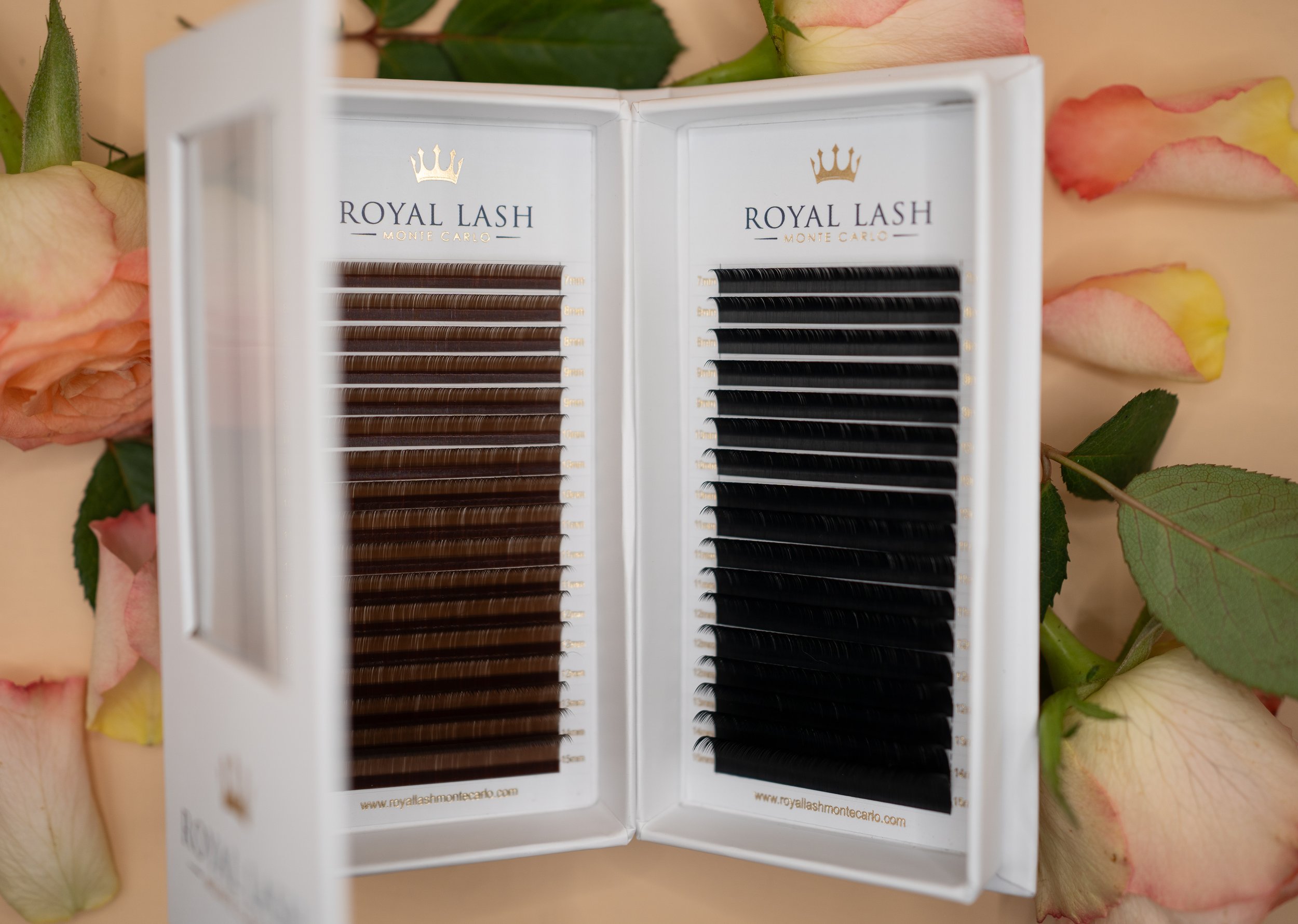Unexpected Allergic Reactions: What You Need to Know
Unexpected Allergic Reactions: What You Need to Know
Allergic reactions can strike at any moment, and it's essential to understand what might be causing them. Spoiler alert: it's not the lashes themselves! For years, eyelash extensions have been crafted from a hypoallergenic fiber, PBT, rather than materials like Silk, Mink, or Cashmere. These names describe the different finishes of the lashes, such as shiny, matte, or flat.
The real culprit behind most allergic reactions and chemical burns is the glue, specifically the ingredient cyanoacrylate. This chemical is essential in all lash glues for its adhesive properties but can sometimes irritate.
Distinguishing Between Chemical Burns and Allergic Reactions
Chemical burns affect the inside of the eye, resulting in redness and bloodshot eyes—allergic reactions, on the other hand, cause swelling and discomfort in the eyelids.
Who Can Suffer From Chemical Burns?
In short, anyone can. Chemical burns occur when the eyes are open during treatment. This might happen if a client checks their phone, if their eyes flicker due to caffeine or if they're chatty. It can also occur if the isolation tweezers press too hard on the eyepatch or if the client has naturally bulbous eyes that don’t close completely.
How to Prevent Chemical Burns?
- Advise clients to avoid caffeine for at least an hour before treatment to minimize eye flickering.
- Use foam tape or a sanitized coin to weigh down the top eyelid and prevent it from opening.
- Double-check the placement of eyepatches to avoid discomfort that might cause the eyes to open.
- Use a lash mirror to ensure their eyes are fully closed.
- Lighten the pressure on isolation tweezers with practice.
- Encourage clients to silence alarms and phones for a relaxing experience.
- Use a vapor or fumes absorber, which some companies sell. It is placed next to the client’s head to absorb excess fumes.
Who Can Have Allergic Reactions?
Again, anyone can. Interestingly, long-term clients might suddenly react after years of no issues. Allergies to chemicals build up over time, so it's crucial to do bridal lashes at least a week before the wedding to avoid last-minute reactions.
Minimizing Allergic Reactions
Unfortunately, if someone is allergic, they will react. While using slower or faster-drying glue or a bonder can reduce exposure, it doesn’t guarantee prevention. Once a reaction occurs, further treatments should be avoided to prevent worsening.
What to Do When a Reaction Occurs?
Advise clients to see a doctor or pharmacist for medication to reduce the reaction. If lash removal is needed, they should return to you for safe removal with a cream remover. If swelling is severe, it's best to wait until symptoms calm down before removing the lashes.
Can Lashes Be Done Again After a Reaction?
It's best to avoid it. Each reaction can be worse than the last, and severe allergies can lead to anaphylaxis. Most insurance providers won't cover treatments if you know of a contraindication. A six-month break followed by a half set might be considered if a client insists, but it's risky. Alternatively, offer a lash lift to enhance their natural lashes and explore other treatments.
Understanding the differences between chemical burns and allergic reactions can help manage these situations effectively. Although they’re never pleasant, with the right precautions, they can be minimized.




